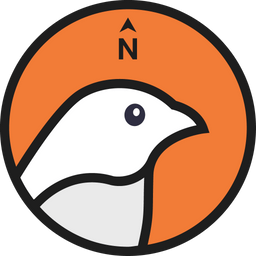The structure is a white Mon-style stupa adorned with a red cloth tied at its peak, which is said to symbolize a significant aspect of Mon culture. This stupa showcases authentic Mon artistry, modeled after the original from Hongsawadi before it was adapted by the Burmese, transforming the original Muta Stupa in Hongsawadi into the hybrid Mon-Burmese style we see today. The Muta Stupa at Wat Paramaiyikawas is constructed of brick and mortar, featuring an octagonal base with sloping corners and topped by a five-tiered ceremonial umbrella typical of Mon architecture, standing about 2 meters high. It is located at the corner of Ko Kret Island and was officially registered as a historical site by the Fine Arts Department in 1935. Inside, it houses sacred relics and serves as a place of worship for the Thai people of Mon descent. Originally built as a straight structure, the stupa began to tilt around 1891 due to erosion of the riverbank. Despite efforts to reinforce it with wooden and concrete dams, the problem persisted. In 1992, funding was provided by the Department of Religion, leading to a permanent concrete renovation by dedicated volunteers. Today, the stupa has been strengthened and firmly anchored. The Fine Arts Department granted permission for conservation efforts, allowing the stupa to remain in its tilted position. This Muta Stupa, also known as the Leaning Stupa, has become an emblem of Ko Kret in Nonthaburi province, recognized and celebrated worldwide.
Photo Credit: Hans Taal
Leaning Chedi, Pramai Yikawat Temple
Province: Nonthaburi
Reviews from Members
Be the first to review this place
Contact Information
Phone Number
025-845-120
Hour of Operation
- Monday:13:00 - 17:00
- Tuesday:13:00 - 17:00
- Wednesday:13:00 - 17:00
- Thursday:13:00 - 17:00
- Friday:13:00 - 17:00
- Saturday:09:00 - 17:00
- Sunday:09:00 - 17:00

